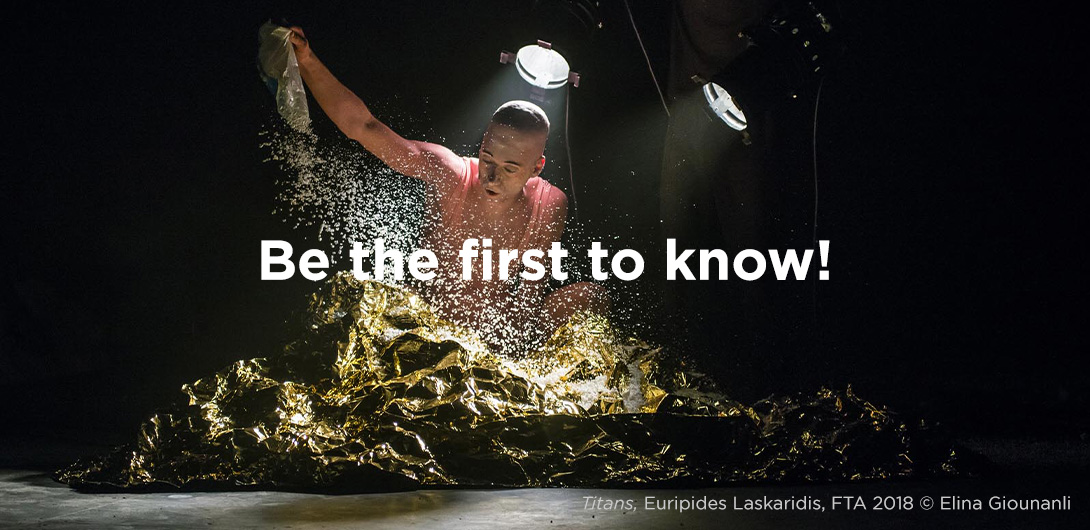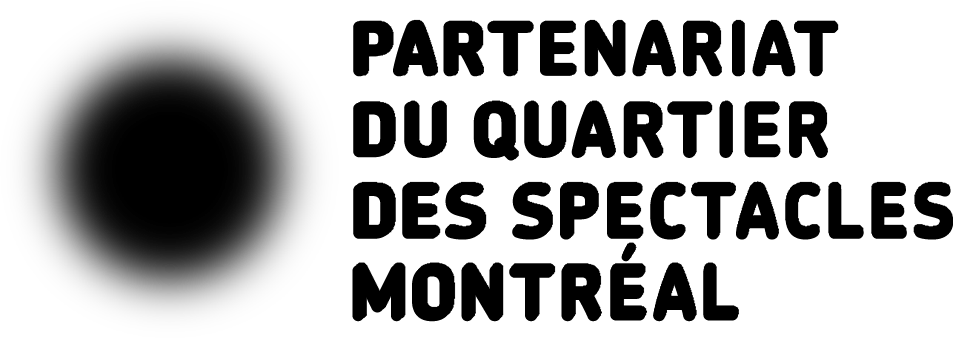There are constants in L’eau du bain’s work: the exploration of different stages of life on stage and the sensory recreation of places, either real or imaginary. Are these elements that you pursue consciously?
It’s a bit of both: there are conscious starting points, then the work leads to transformations that open up new avenues. When L’eau du bain was first starting out, the goal was to work with non-actors, people who would bring a more naïve approach, a natural presence, and an ability to be seen without trying to control things too much. We worked with teenagers. That led us to work with elderly people, and finally with children.
What inspires me in these projects is stepping outside my comfort zone. We’re not just a group of artists sitting around a table in a theatre, controlling all the parameters—we’re part of the real world and we have to deal with all kinds of unexpected factors. In La chambre des enfants, the presence of children pushes us toward a state of heightened listening, while in White Out, it’s the light and smoke that create the parameters. The pursuit of atmospheric theatre, which reaches its zenith in White Out, was achieved one step at a time along with Thomas Sinou (sound designer) and Nancy Bussières (lighting designer). Through working together, we get to understand each other better, allowing each medium to play a greater role. Light, in particular, has become more and more prominent in our theatrical vocabulary.
What interests led to the creation of White Out? What were the starting points for the project?
One was that I wanted to tackle Duras’ The Malady of Death. Another was that I was interested in working with children. Nancy was interested in this idea of a whiteout, an aesthetic starting point that’s wonderfully restrictive. She showed us a photo of an installation by James Turrell. And right away, we were like “That’s it, no doubt about it—that’s the luminous void of Duras’ room.” We spent a lot of time devising a theatrical concept in which you don’t know where the action is taking place. The presence of the children came later. We needed to find and link these two worlds, since the lovers’ room and the children’s room are not the same at all.
In the novel The Malady of Death, what I took as an entry point was the moment when the man returns to the room and realizes that the woman is gone. It’s in her absence that he understands his love. This event resonated with my own personal bereavements. I told myself that we have all experienced these moments of loss—bereavement, heartbreak, burnout. The traces that the other leaves behind open up an abyss, which we symbolize with the whiteout, the loss of external bearings, a void echoing that which opens up around you when your life’s structures or bearings fall away. This void is dizzying and filled with ghosts but also with promises. It might enable you to gain a new perspective on the world and the feelings related to being in the world.
We also kept the setting of The Malady of Death: a room by the sea in winter, with the sounds of the sea outside. And the solitude of the room, with its inside-out relationship: you don’t know if the wind is blowing outside or inside it. It’s far from being a straightforward adaptation of the text, but the novel is present throughout as subtext. Duras’ emphasis on the void, the power of the void, and the sense of loss that runs through her novels preoccupy me a great deal as well. I feel like readers of Duras will recognize her traces, her echo, in our work.
How did you approach working with the group of children?
Making two shows with the same group was extremely beneficial. White Out and La chambre des enfants take place in a room where solitude and boredom are explored. What’s found in one work carries over to the other, and vice versa. The relationship of trust with the children was built up through the two creative processes. The kids have fun with both, but they bring more of their own world to La chambre des enfants. Once a connection was established, when I saw they were having fun, I let myself become more prescriptive, especially for White Out.
We want all the children to be involved throughout the project, which is not that easy. They’re neither adults nor professionals. They learn things and develop through the creative work. I don’t know if I’ve succeeded, but the idea is above all not to exploit them. I do have my own vision for the show, but I have to make myself as receptive to them as possible. It’s about finding a balance between a demanding, uncompromising aesthetic approach and an ethical framework that’s also uncompromising, which ensures they’re comfortable, safe, and able to learn. I wouldn’t say that there is no hierarchical relationship, but it’s reduced to a minimum.
What role does dreaming play in your work?
With White Out—and also La chambre des enfants, with which it makes up a double-bill—I wanted to stay in the zone between sleeping and waking, when you hear sounds that come from outside the dream and interpret them through the prism of the dream. This reflects the approach of L’eau du bain: mixing truth and fiction, dream and reality, conscious and unconscious. For me, in a sense, that’s where creation takes place: in how we bring together the world that lives inside us and the world in which we live.
In La chambre des enfants, dreaming has really become one of the work’s themes. It’s what we have in common with children. We wanted to let their imagination take over. La chambre des enfants is a room where dreams occupy as much space as reality. It’s a journey, a crossing over.










